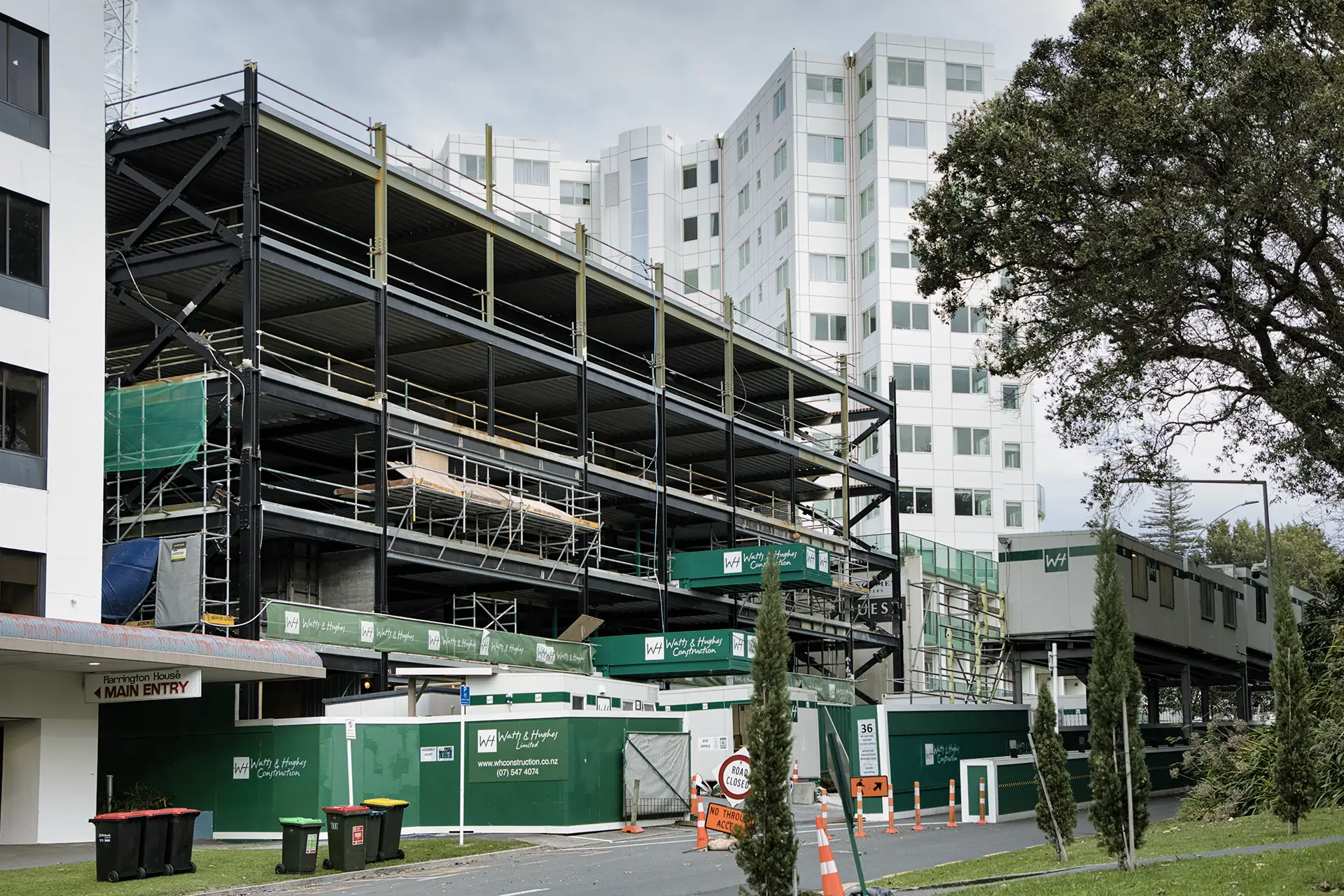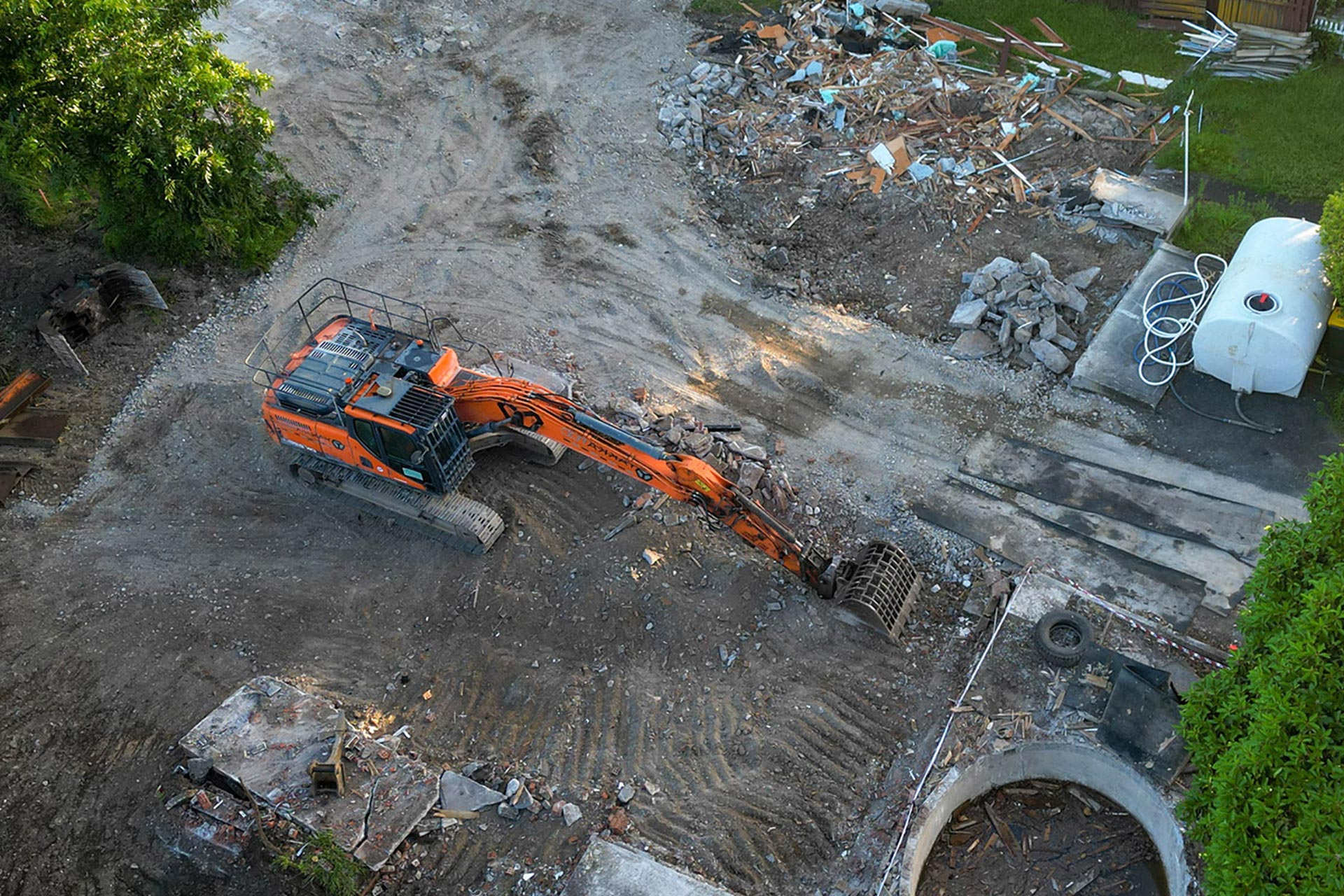New Zealand is on the brink of a significant overhaul in its workplace regulations with the proposed health and safety law changes. Introduced by the Workplace Relations and Safety Minister, Brooke van Velden, these reforms aim to clarify the existing ambiguities in the Health and Safety at Work Act 2015 and are expected to come into effect later this year, pending final approval. These changes promise to redefine the roles between directors, managers, and operational staff in managing everyday workplace safety.
A Clearer Division of Responsibilities
Under the proposed reforms, health and safety law changes are set to establish a clearer boundary between the management of day-to-day health and safety risks and the broader oversight responsibilities of directors and boards. According to van Velden, businesses have been grappling with “overcompliance,” as many directors have felt compelled to assume additional duties beyond their core responsibilities, leading to duplicated efforts between senior management and operational managers. This clarification is anticipated to free directors to focus more on strategic guidance while assigning routine safety management to skilled operational managers.
Who Stands to Gain – And Who May Face Challenges
The benefits of these reforms are likely to resonate particularly with small and medium-sized enterprises that have been overwhelmed by the current regulatory environment. By alleviating the pressure on directors and clarifying statutory duties, many businesses may experience improved efficiency and cost savings. On the flip side, some critics worry that a redistribution of responsibilities could lead to lapses in oversight if managers are not adequately equipped or resourced to handle the increased burden. In sectors where safety risks are more pronounced, such as construction or manufacturing, there is an understandable concern that reduced directorial oversight could compromise long-term safety standards.
A Real-World Scenario: The Construction Company
Consider the example of a mid-sized construction firm operating in Auckland. Previously, both directors and site managers were deeply involved in day-to-day health and safety compliance, often leading to duplicated efforts, confusion, and increased administrative costs. With the advent of these new health and safety law changes, the company could streamline its operational responsibilities. The site manager would take full charge of daily safety monitoring while the directors concentrate on developing broader safety policies and strategic investments. However, if not carefully implemented, this shift could leave gaps in accountability—especially if the operational team is not sufficiently trained or if managerial oversight lapses, potentially risking employee safety.
Mixed Reactions and Future Implications
Feedback during the public consultation phase has been mixed. As reported by RNZ, many business owners and company directors have welcomed the clarity, stressing that “there is overcompliance as many directors think they need to do more than they should,” a sentiment echoed during the consultation roadshow. This progressive move promises improved productivity, more focused leadership, and reduced administrative burdens. Conversely, there is concern that the decentralisation of health and safety responsibilities may burden managers with a high level of accountability and the possibility of increased liability.
Related Articles:
Podular (Francis v Gross) was appealed to the Court of Appeal ([2024] NZCZ 528). It came to a different view to that reached in the High Court.
Read More
Tauranga City Council v Harrison Grierson appears to be the first High Court case that examines whether liability under the Building Act can be limited.
Read More
Related Services:
We provide advice and guidance on all aspects of business. See how we can help.
Read More
If you are involved with a building project and need legal assistance, we can help you objectively review your circumstances, and what next steps are most appropriate for your situation.






